I recently came across a quote that both horrified and saddened me. The quote was by Sir David Attenborough, a naturalist and well-known BBC broadcaster and environmentalist, stating the following “ The question is are we happy to suppose that our children may never see an elephant except in a picture book?” Pretty devastating when you think of how much destruction we as human beings continue to extract on this planet.
Years ago, I was able to tour an elephant sanctuary in Thailand, where I easily fell in love with these creatures and, for the first time became aware of their plight. Did you know that there are less than half a million elephants, mostly concentrated in Asia and Africa? In Asia, there are about 45,000 left, a much smaller species than their cousins in Africa, where there are fewer than 400,000 (possibly 350,000 by 2021). These 7,000-ton amazing creatures (taller than giraffes) once dominated the planet; however, as forests, jungles, and grasslands gradually disappear for the benefit of humans to build communities and farms, these mammals will only be able to survive in captivity. But that alone is not what is causing their disappearance.
Poaching remains their most feared predator. According to The World Elephant Day organization, approximately 100 elephants are killed every day by poachers in Africa, further reducing their population of 400,000. If elephants are to survive, the demand for ivory must stop. This means the use of ivory for all types of purposes — jewelry, billiard balls, piano keys, sculptures, and furnishings must seize. China has the highest demand for ivory, although, in 2018, the country finally banned the domestic trade of elephant ivory. This ban has certainly bolstered the efforts of international global agreements between countries to stop these trades. However, there still remains a growing illegal and unregulated trade market that continues to fuel the poaching of elephants, rhinos, and other exotic animals largely within Asian countries. More resources are needed to educate consumers on the plight of these animals and to ensure the ban remains enforced. More importantly, how best to make the selling and purchasing of elephant ivory not socially acceptable, something we all can take part in.
What is Fascinating About These Creatures?
Elephants are a bit slow in their mating routine, which adds to their declining numbers. It takes up to 22 months to carry a calf and an average of 4-5 years for a baby elephant to be born (imagine carrying a baby for that long). Once born, baby elephants are cared for by the entire herd of related family members, giving real meaning to the passage, “It takes a village to raise a child.”
These amazing animals can use their trunks for eating, caressing, wrestling, smelling, and showering themselves, among many other purposes. They use their trunks as a tool to move trees and objects in their way. In Asia, elephants have been used in the logging industry, where they are generally mistreated. This is also true of circuses and other entertainment venues where these creatures have been domesticated to dance, paint, and become performers.
What is so uniquely admirable about these creatures is their ability to remember and mourn for their deceased relatives. They clearly have the spiritual sense to understand death, expressing their love and remembrance, much like humans.
The Survival of Elephants…Where Does It Begin?
Elephants require large land areas to roam if they are to survive. On average, they consume hundreds of pounds of plants, feasting up to 18 hours a day. They are also part of the earth’s wildlife ecosystem enabling other animals and plants to survive by the things they do. Currently, less than 30 % of elephants live in protected areas. The other 70% is continuously in danger of losing their habitat, coming into conflict with humans who are seizing their space or becoming victims of the black market.
One solution to this problem is to raise the value of a living elephant over a dead one (bearing in mind that a dead elephant can be very lucrative). While there are many initiatives in place to try to address this problem, there are two that I’d like to take note of.
Kenya’s Reteti Elephant Sanctuary
The first is Kenya’s Reteti Elephant Sanctuary, a community-owned elephant sanctuary in East Africa that I hope to one day visit. This sanctuary provides a place for injured elephants to heal and a home for elephants orphaned due to poaching. By saving these creatures, the Samuru community can provide employment opportunities in wildlife management that benefit all of Africa. The center generates revenues from tourism while educating everyone about the importance of conservation in preserving Africa’s wildlife.
MaeTaeng Elephant Park and Clinic
In Thailand, the elephant is a national icon even as its numbers continue to decline due to the country’s continued redevelopment. In 1989 logging was finally banned where elephants have been terribly mistreated and abused. Today, there are about 10 elephant parks in Thailand, an essential part of its tourism industry, with some concerns raised by wildlife conservationists about the elephants’ ethical treatment. I visited the Maetaeng Elephant Park in Chiang Mai that includes a clinic where elephants are taken care of and calves are birthed. I did not see any mistreatment of elephants and was able to see them entertain the audience by responding to their caretakers’ requests to do tricks, dance, and paint. To my surprise, elephants can be taught to paint. I witnessed this for the first time on this visit noted in my photos. I was able to see Suda, Sri, and Charlie paint, and I purchased Charlie’s portrait of trees (most likely the trees he likes to eat from). However, not all elephants are as creative. It’s not expected that all of them can paint. The park sells products that involve the elephants’ work or image to maintain the clinic.
With some sadness and disappointment, these magnificent animals’ survival depends on them working to earn their keep, which is why these parks exist. It is also how indigenous communities are able to earn a living to support their families since most of these parks are situated in rural areas where there are fewer economic opportunities.
“Only Elephants Should Own Ivory”
This quote was part of a campaign by basketball legend Yao Ming trying to end the use of Ivory products in his home country of China, where there is a high demand among the middle class. The National Geographic organization, along with others, outlines a number of ways that the world can help save the elephant. They are;
- Support a permanent international ban on Ivory
- Join with other elephant lovers in supporting alternative ways to save elephants similar to Kenya’s Reteti Elephant Sanctuary
- Choose a tour operator that actively supports elephant conservation (not all of them do).
- Refuse to buy ivory for any reason and encourage others to do the same. Make it socially unacceptable.
Regardless of all these efforts, the most effective solution in reducing this tragedy is to deal with the root cause of poverty and corruption, and we all know neither is easy to do. Sadly, captivity may be the best alternative for these majestic creatures.
Photos are of the MaeTaeng Elephant Park and Clinic in Chiang Mai and the surrounding areas of Thailand.
Click the center of the photo to see the full view.
“For more stories and photos like these, please click here to subscribe!“






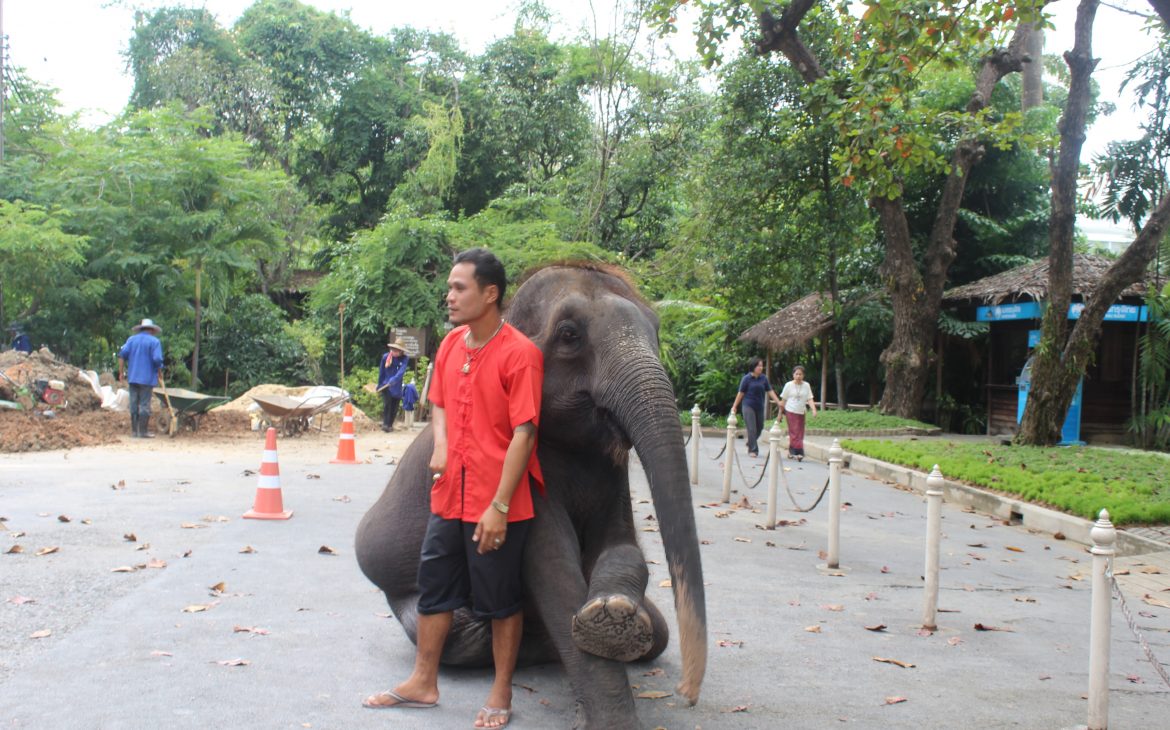
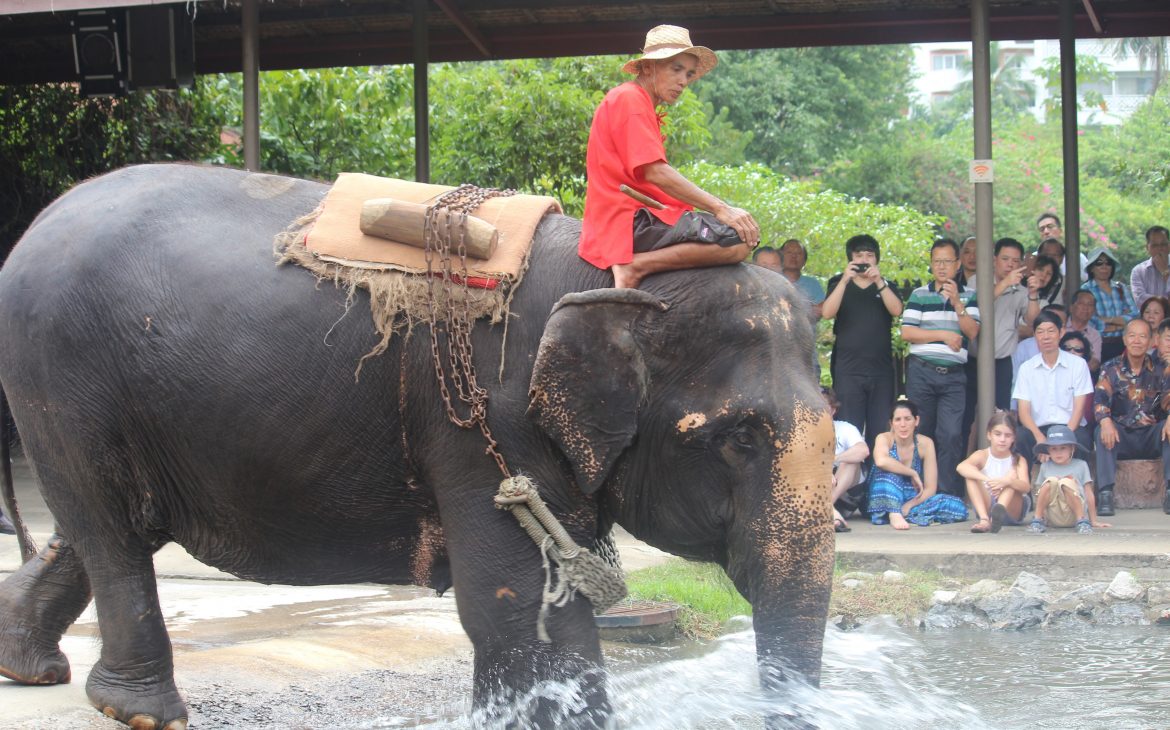
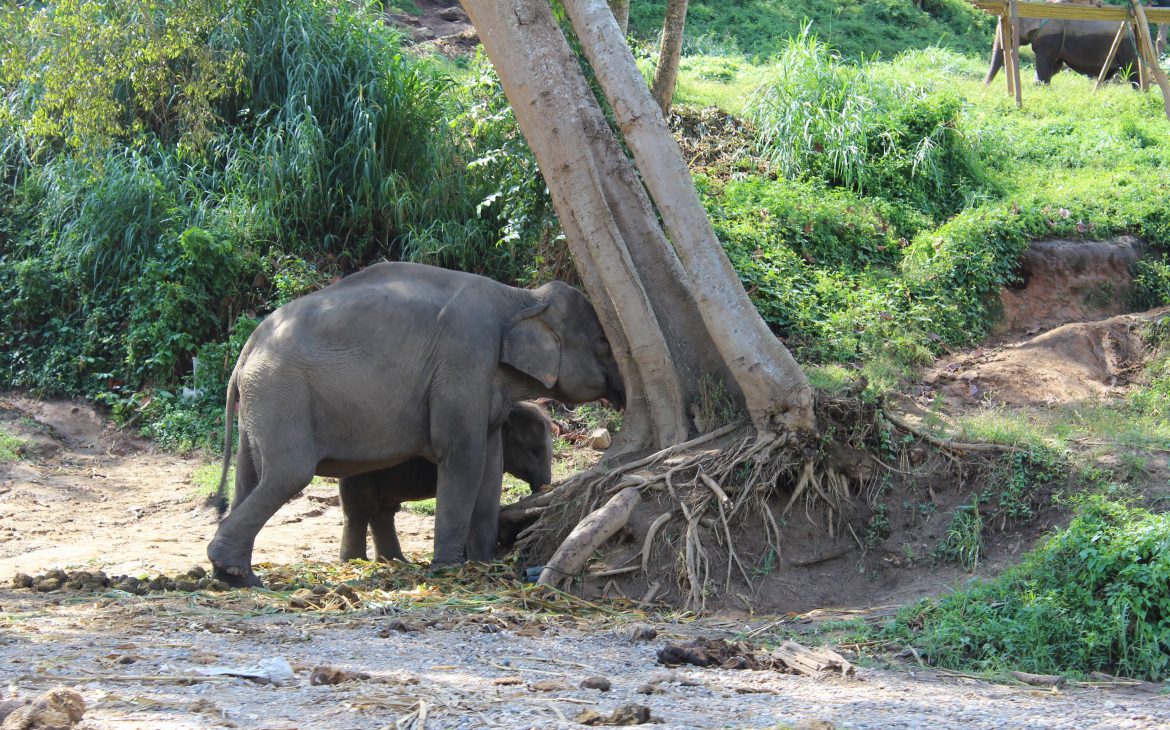
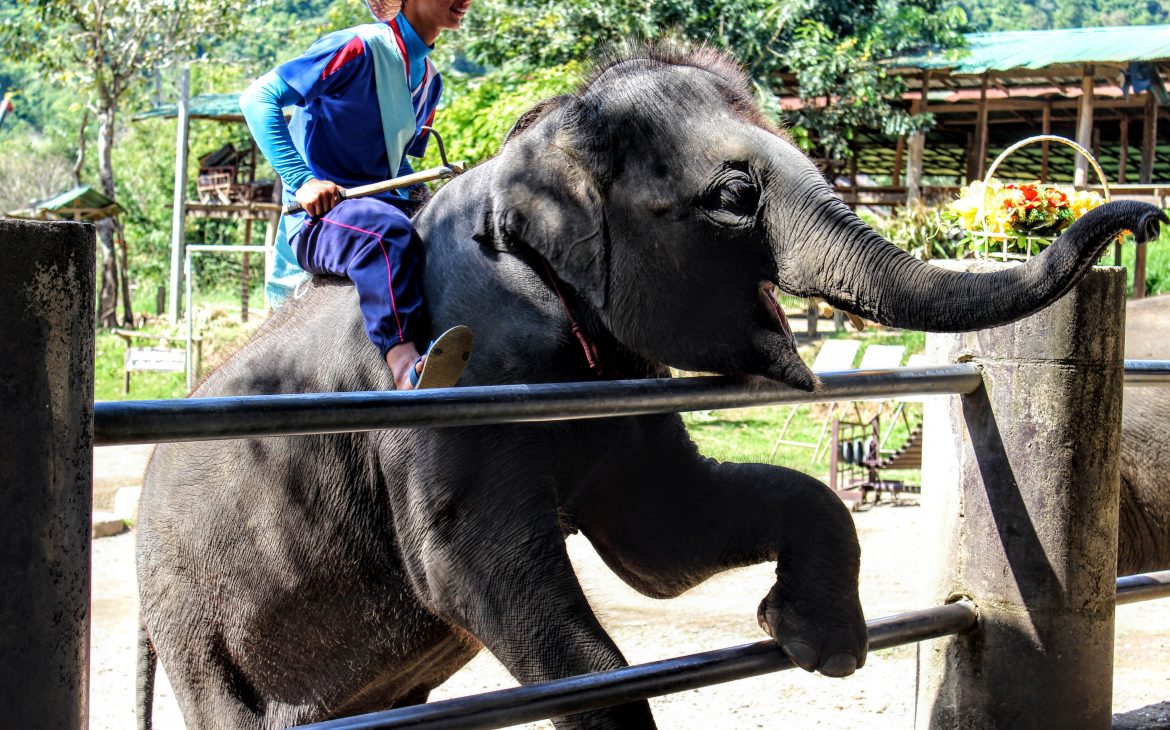
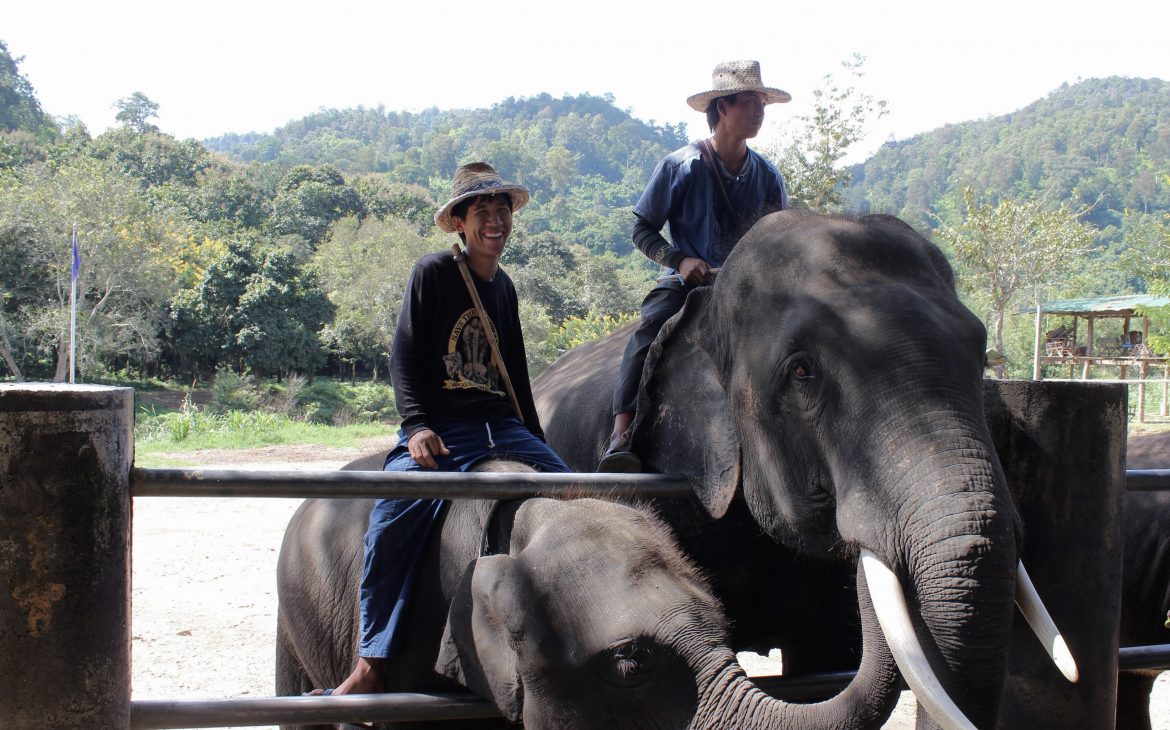
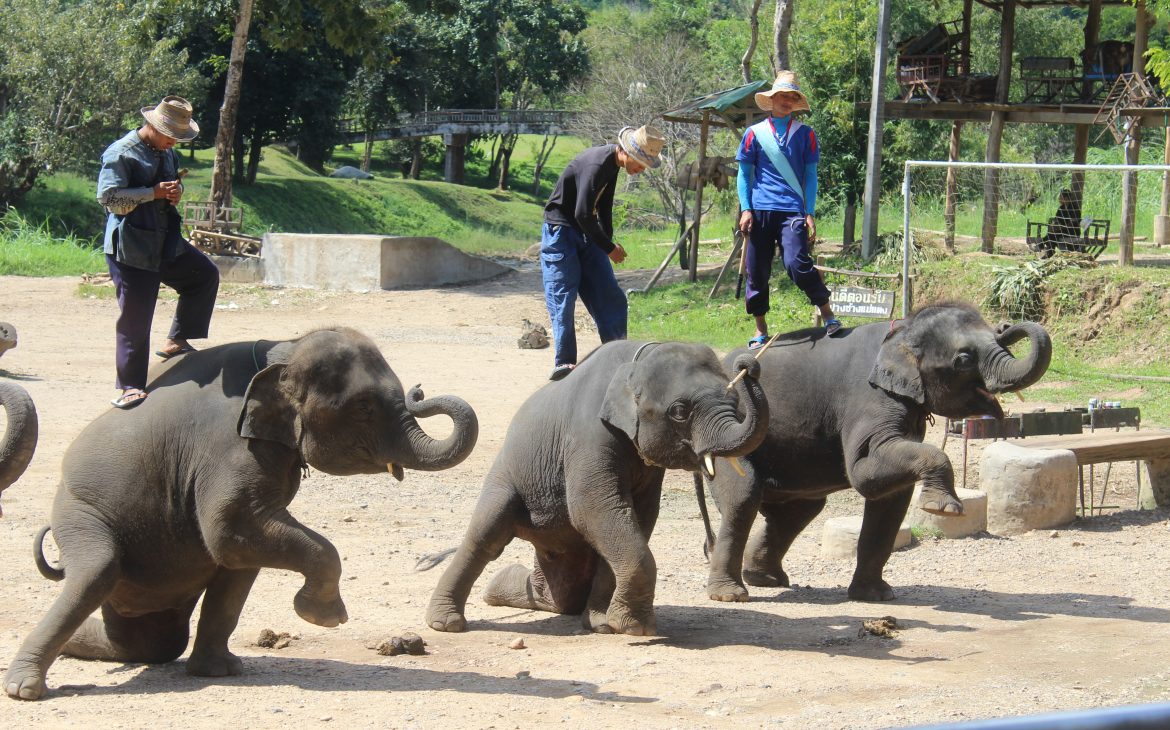
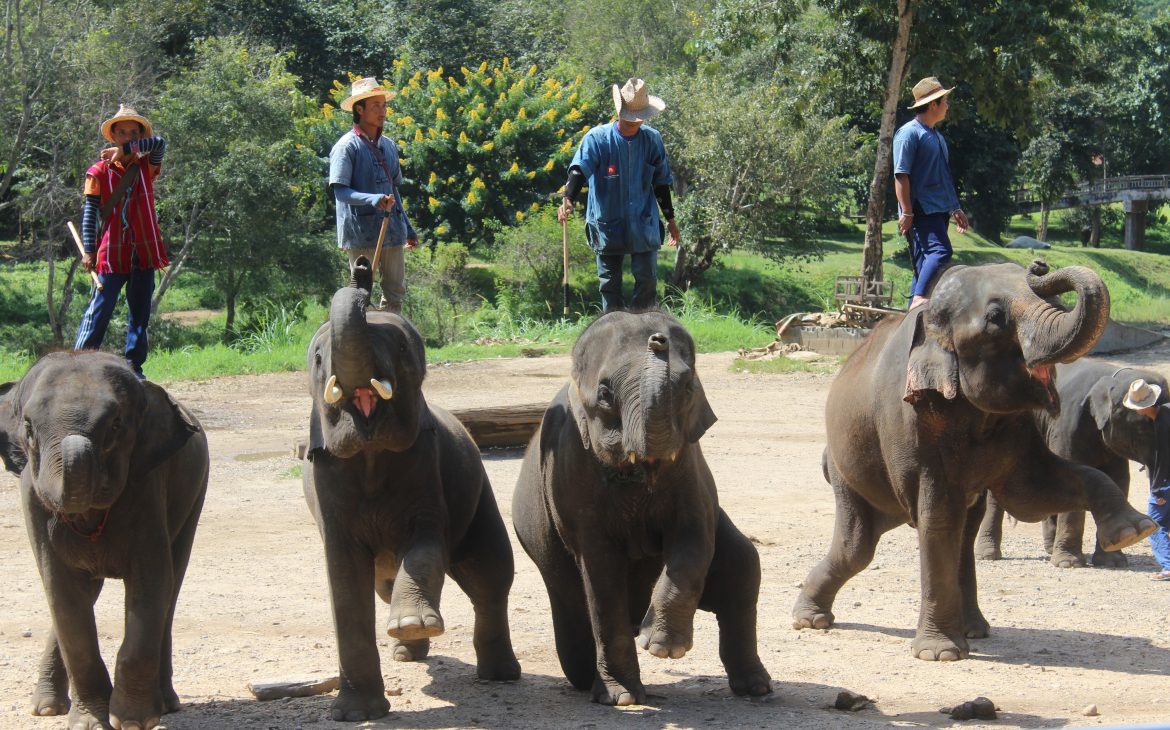
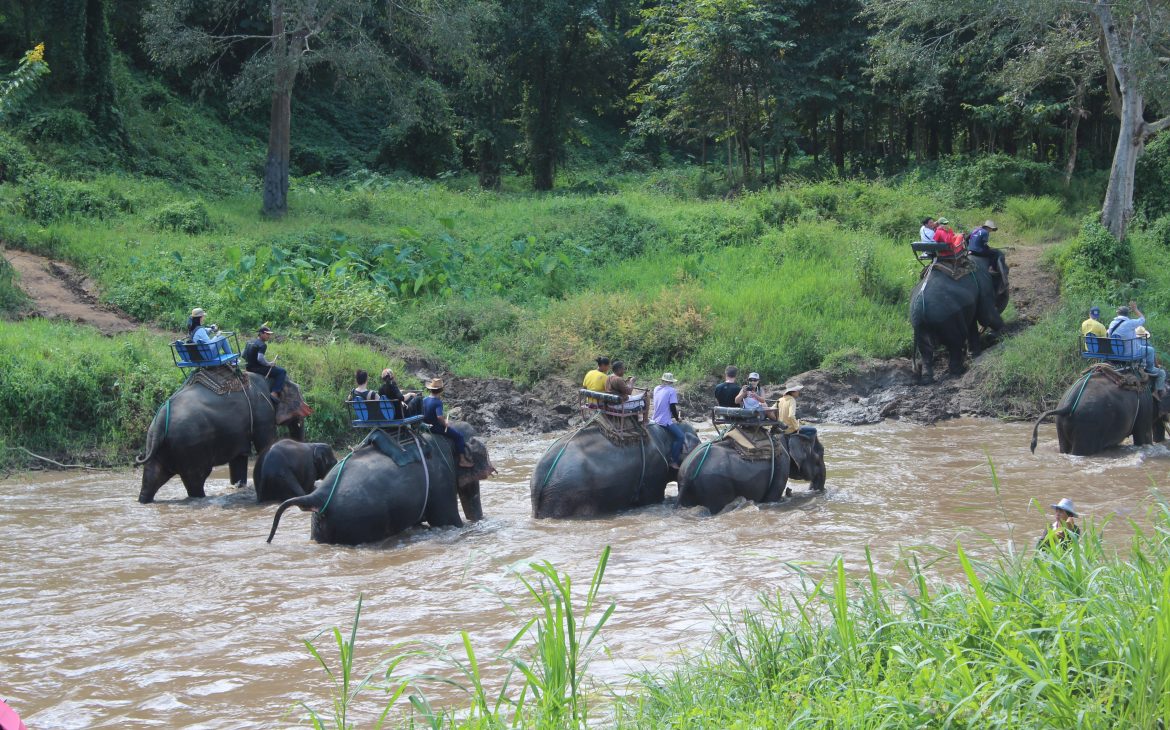
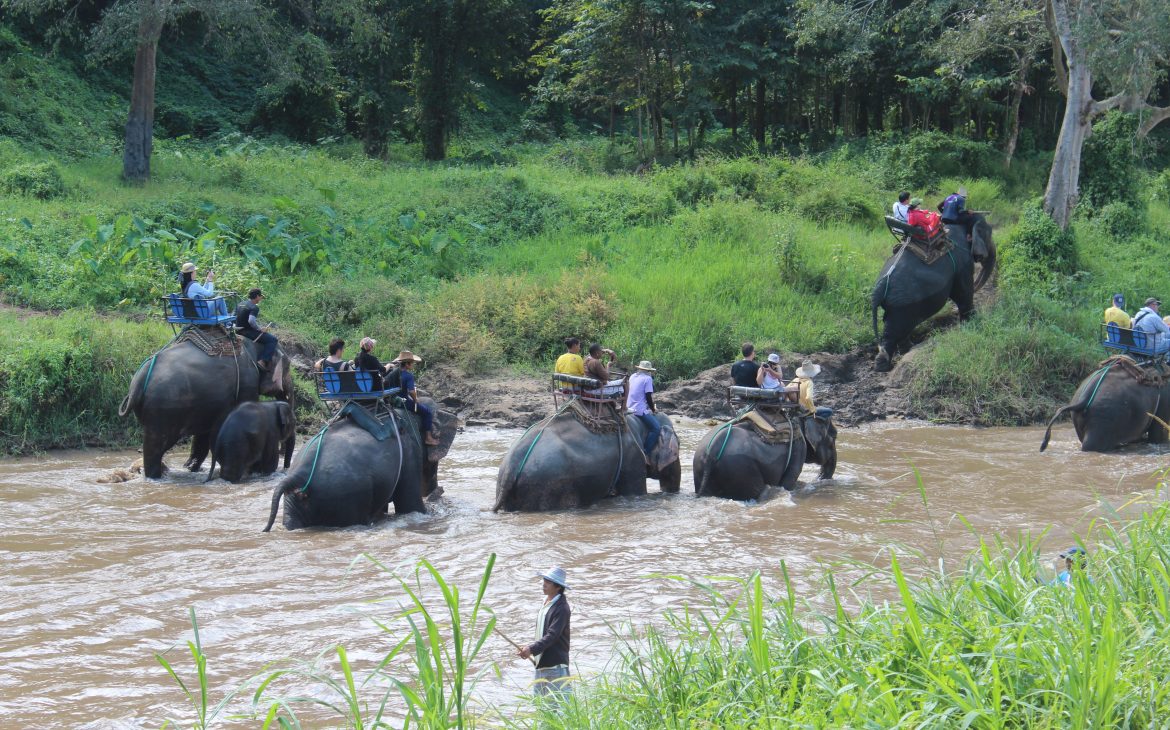
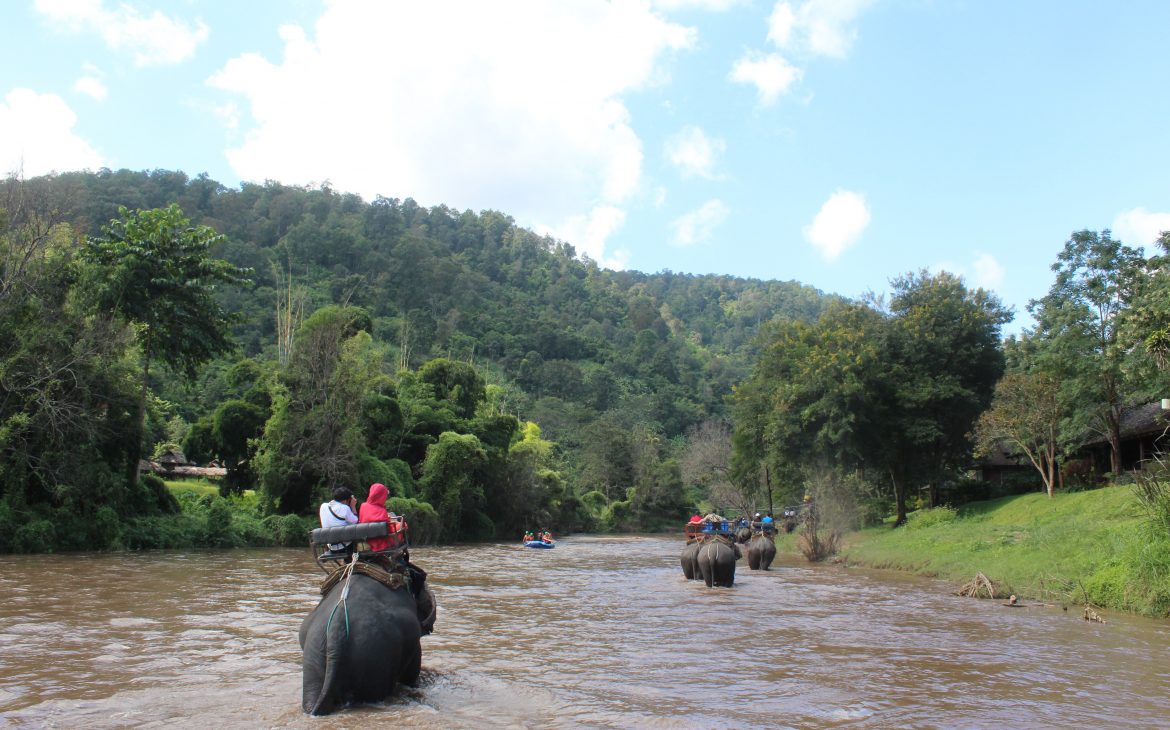
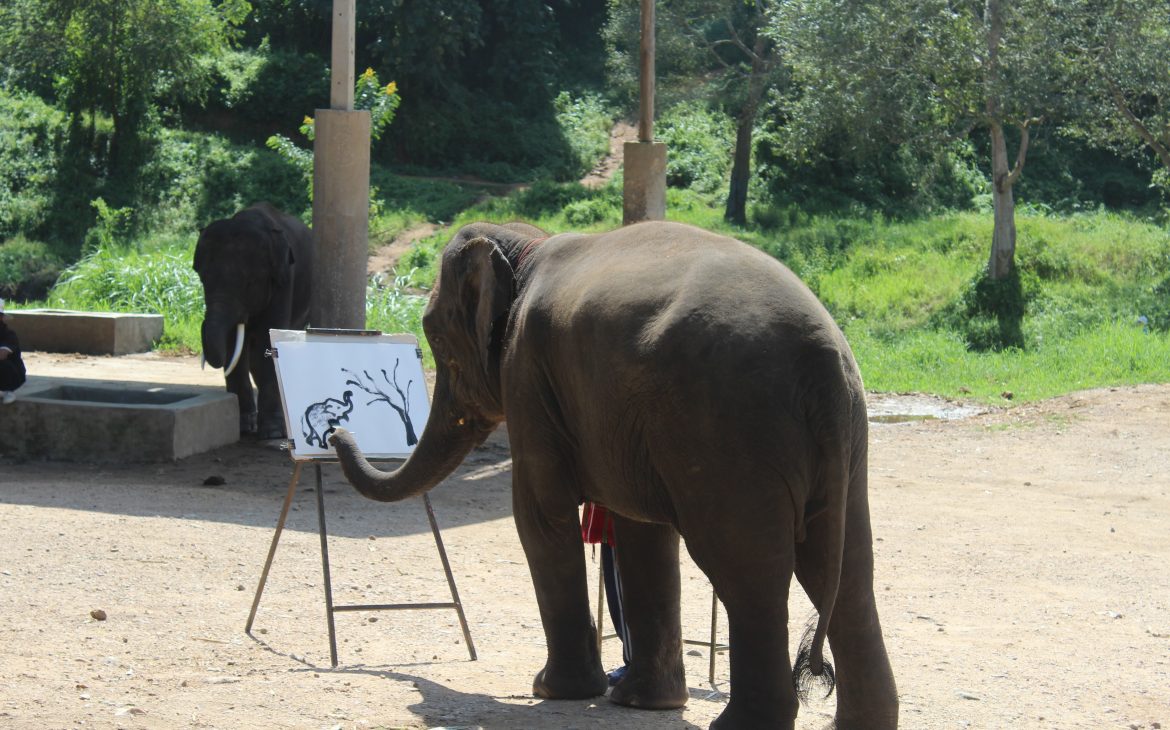
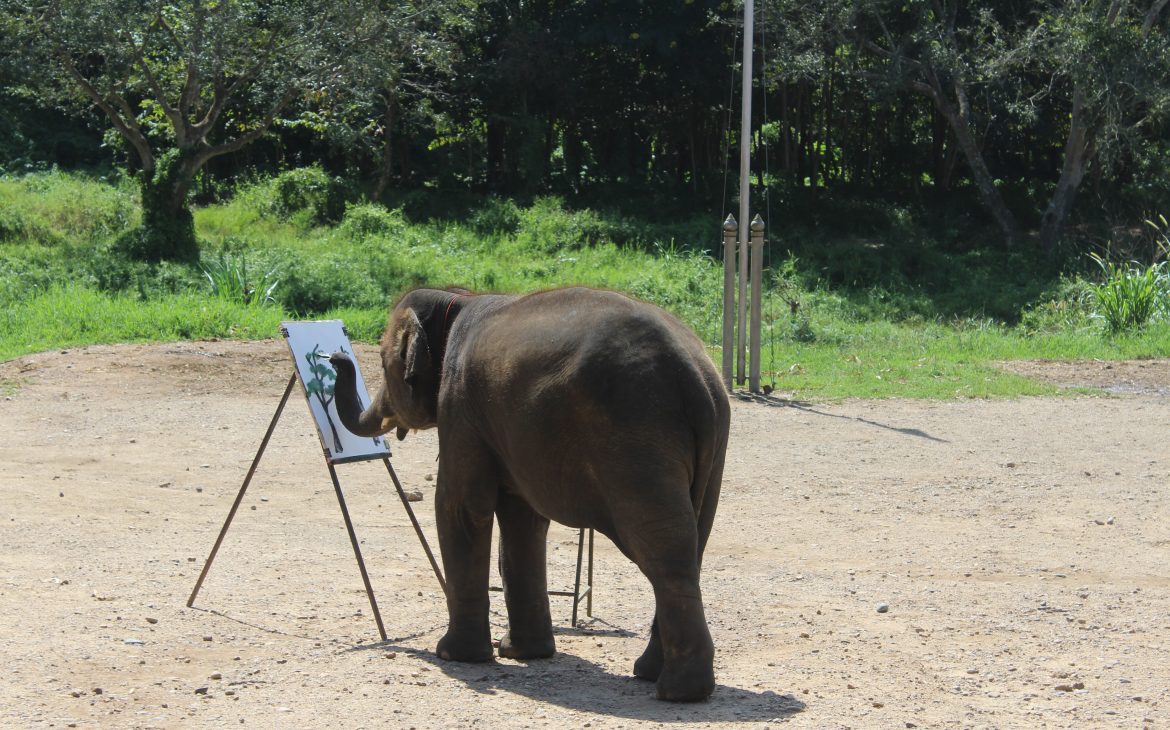
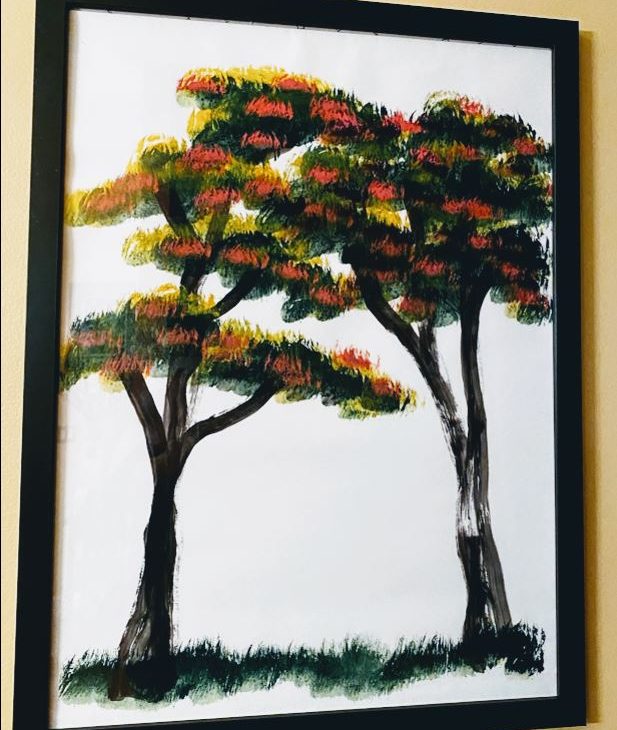
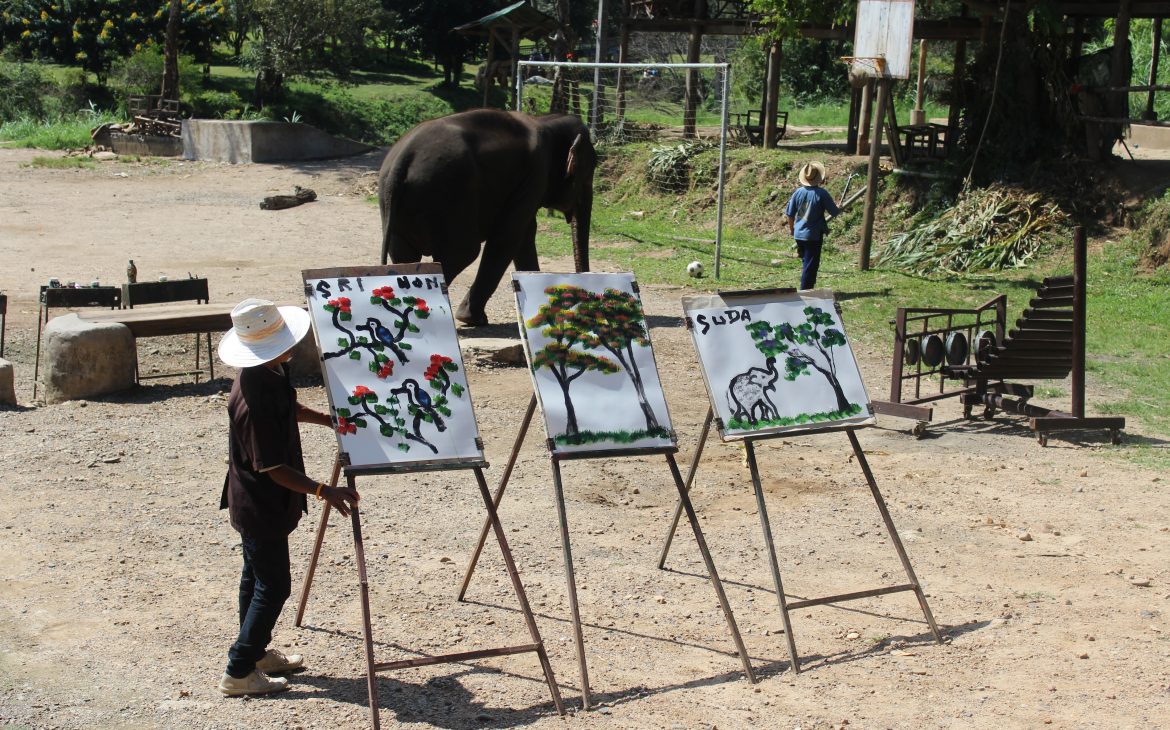





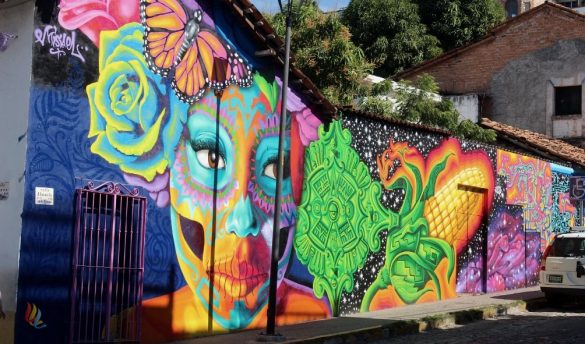
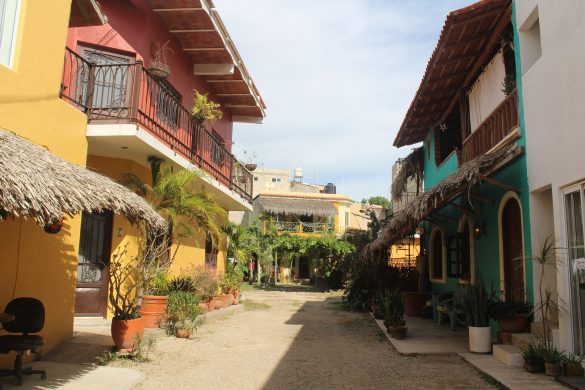


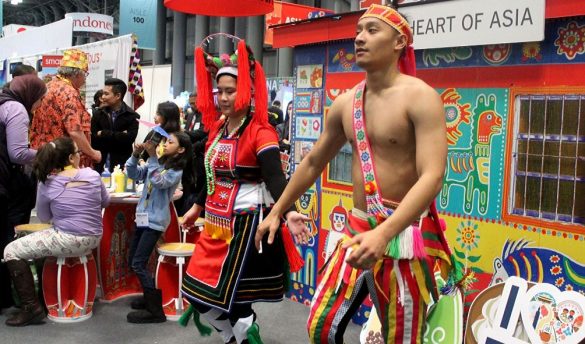

Rudolf
After looking into a few of the blog posts on your website, I honestly like your way of writing a blog.
I saved as a favorite it to my bookmark site list and will be checking back in the near future.
Please check out my website too and let me know what you think.
Take a look at my web-site :: Alexander
Cole
Australia is one more case of a tax technique that is
complete of excellent news for bettors.
my blog post :: here
Marlene
Beyond this, all sportsbooks we’ve looked have betting
lines on all significant sports with competitive odds.
Review my website … online dating
Tahlia
Other Egyptian sports integrated javelin throwing, higher
jump, and wrestling.
My web-site: 메이저안전놀이터
Kristopher
If a game does not go the entire first half,
all initial half wagers will be refunded.
My site – sports gambling
Reginald
It’s not like playing casino games where there is a residence edge
that can’t be beaten.
Feel free to visit my page … permanent hair removal
Janie
Get answers to all your concerns about sports betting at Spirit Mountain Casino.
Feel free to surf to my page: us sportsbooks
Nelle
Corporations such as DraftKings, FanDuel,
PointsBet and BetMGM now play a prominent function in NJ on the net betting.
Here is my blog post … site
Eric
Applying these additional percentages, bookmakers make their reduce.
Have a look at my homepage … online sports betting site
Angus
Applies to bets on the To Win Outright industry on chosen leagues up to
and including fifteenth October 2020.
Feel free to surf to my site … sports betting tip
Dorcas
A single point that remains the same with all states is that you will will need
to have proof of I.D.
Look at my webpage; online sports betting
Arlen
The vigorish is automatically added into the general betting
odds, so you never require to worry about that.
Also visit my website … sports gamblin